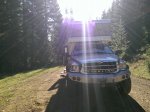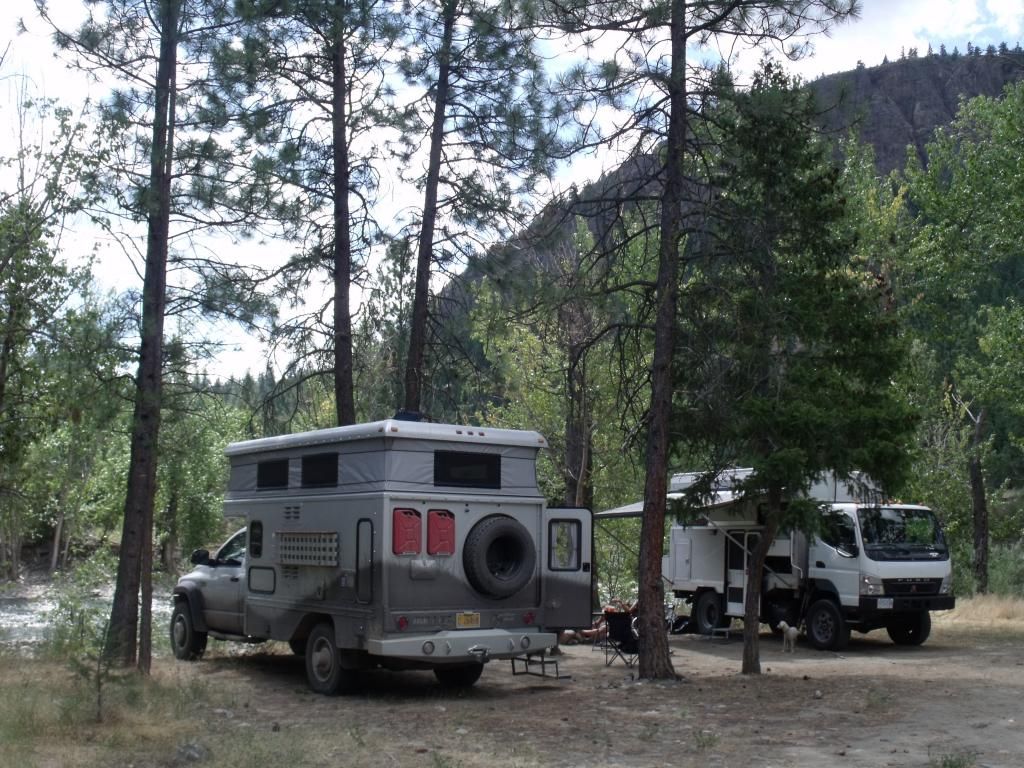Yes bphang10
I used a 3m two-sided tape, applying it to the camper wall all the way around the top, then I used about 6 screws & washers to temporarily hold the material up in place. At this point, I had Bethany slowly pull the tape backer (the side facing out) off the tape pulling straight down (hence the fold was at a 45 degree angle) as I, working in sections about 12" long, lined up the top edge making sure it was perfectly straight then firmly pressed the material into the tape. This was primarily to hold the material just until the next step was completed, but I'm sure it's still bonded well to the material. As we worked our way around, I removed the temporary screws as they were no longer needed.
Hopefully the serial number will help you, but it is just a thin clear two sided tape, made for exterior applications
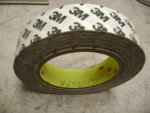
Next I then applied the aluminum trim over the material, screwing it through the material into the wall about every 6" all the way around, & yes it's the flat trim with the rubber bubble you press in, to cover the screw heads. the only trick for me was the front of the bullet has about a 6" radius on the corners, & the back has 90 degree bends, so I had to pre-bend (& practice once or twice) the aluminum trim just right so as to still allow the rubber insert to still be insert-able.
I did this same process for the bottom, pulling down tight as Bethany pulled the backing off the bottom tape, so to get a nice tight stretch on the material (so it wouldn't flap around)
This has worked out to be a perfect detail, no problems at all, zero water leakage, & I'm amazed at how warm it stays inside when it's cold outside, although that's also a product of the material you choose to use.
Another advantage of the trim with a continuous rubber bubble, is that the rubber acts as weatherstripping when the top is down, as I designed the roof to be pretty tight to the the walls when in the down position, this of course keeps road dust out.
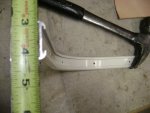
you can see in the trim scrap above, me practicing my 6" radius bends (although this specific practice piece was for the upper trim, where the material is on the inside of a part of the roof (so water sheds). For the bottom connection, I ran the material outside a part of the wall cap that lined up perfectly with the top, this allowed water to shed to the outside.
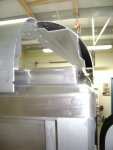
Here, you can see the roof section over the wall cap, notice the vertical plane of the roof section lines up exactly with the vertical I made on the wall cap, this is so the material can hang straight down & not need to be angled out or require the perimeter to be like a trapzoid or pyramid in shape.
The material got fastened to the inside of the roof & the outside of the wall
pretty simple concept
Hope this helps
Steve

